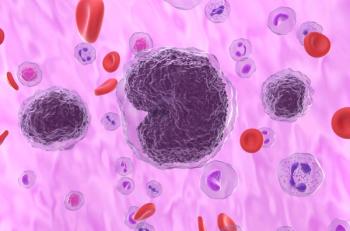
Dr David Jackman on Dana Farber's Clinical Pathway Development Process
At Dana Farber Cancer Institute, essential steps to developing clinical pathways include engaging physicians to buy-in, finding the optimal platform to store data, and displaying resulting content in a supportive and efficient way.
At Dana Farber Cancer Institute, essential steps to developing clinical pathways include engaging physicians to buy-in, finding the optimal platform to store data, and displaying resulting content in a supportive and efficient way, said David Jackman, MD, senior physician and medical director of Clinical Pathways at the Dana-Farber Cancer Institute.
Transcript
Can you describe the rationale for clinical pathway development by Dana-Farber Cancer Institute?
Our pathways journey started way back in 2012. We looked at pathways at that point, as part of a retreat from our clinical and executive leadership. We looked at this as a way of taking our expertise and making sure that in all places, we were offering patients throughout our enterprise, the best care that we could deliver. So, it was a way to capture that expertise and then distribute it across our enterprise.
It was a way to put clinical trials in front of patients and in front of their physicians to make sure that we don't miss out on opportunities, and then extend that learning beyond that. How do we learn from every patient? How do we learn from every decision we make and capture that in a functional and granular way? So, pathways was what we saw as a chance to enable each of those things.
What were the most essential steps in Dana-Farber’s pathway development process?
Developing pathways is never just one thing. I think it's getting physician buy-in, both to create the content, as well as use the tool. It's finding the right partner and the right IT [information technology] platform that's going to house this content and display it in a way that's both supportive and efficient, and where we want it to be, educational.
It's developing any such platform to give you back the kind of data that you need to meaningfully learn from everything that's happened before. So, what we've tried to do, particularly in our collaboration with Philips, is achieve all of those—capture the expertise, do so in a platform that physicians aren’t just willing to use, but want to use because it's efficient and instructive, and get data back in a way that allows us all to learn something meaningful.
Newsletter
Stay ahead of policy, cost, and value—subscribe to AJMC for expert insights at the intersection of clinical care and health economics.













































